Restart: The Last Chance for the Indian
Economy
Mihir S Sharma
Random House India, 2015
pp.362. Price
Rs.599.
Mihir Sharma is a known to the readers of Business
Standard. His articles are incisive, sharp, hard hitting, have a good measure
of sarcasm. In his book “Restart” we see one more aspect: impatience. Sharma is
in a hurry to cut the fluff and get to the point; to give a list of policy
measures gone wrong from time immemorial and initiatives to fix them. He
understands that the answers are not simple; there are multiple pressures on
policy making; there are vested interests about which he writes extensively in
the book; but still believes that way to go is take the route of rapid and
drastic reform. Reform that does not exploit the farmers, the poor; reform that
does not stop manufacturing and industrial growth; reform that does not
compensate farmers for parting with their land at the current rates laid out by
the recent land acquisition bill but compensates farmers “fairly”. While he
criticizes successive governments for taking the middle path and not taking tough
decisions, the solutions he provides are certainly not far from the middle
path. No Sir, they follow the golden average.
This we grant: he has a unique approach to
identifying problems; at using statistics; at drawing conclusions. Add this: he
has a unique way of connecting with his readers. If we are used to people
pressing the metaphorical panic button Sharma has a whole panel of buttons which
he keeps pressing like a trained pianist.
Sharma’s style is conversational and direct. The
data is usually camouflaged in the diagnostic and dialogic sentences without
the need for tables, graphs or analysis. He has done the homework, knows the
data. He expects the reader to take his word. So far so good. But what if the
data is to be interpreted differently? How does one engage with him and pick up
a nuanced argument? While Sharma himself has fairly nuanced arguments, he gives
his readers no choice to frame their questions. He asks the readers’ questions
himself and answers them.
While this style is ideally suited for an opinion
piece in the op-ed page of a newspaper (pink or otherwise), where one is short
of time and therefore the need to trust the writer for doing the background
work and take writers’ word, does it suit a book length work, where one has the
luxury of a more informed style of conversation? No Siree, that is not his
style. Nope. Not at all.
Talking about why the second airport in Mumbai
(that is so important for national development) is held up, he says “… the Union environment ministry was worried
about 160 acres of mangroves – the gloomiest plant known to man, even if you
include the weeping willow.” He then goes on to ask: “Are mangroves perhaps
endangered? Nope. They’re being depleted, but are not endangered” (p.131). He
goes on to argue that the depletion of mangroves on account of the new airport
is about 0.24 percent of the mangroves in Maharashtra. He
does not use (possibly) the more relevant statistic that it would be about 1.11
percent of all of Mumbai’s mangroves. Nor does he counter the argument of
ecological fragility of the coastal zone. On the contrary he could have made
his argument even stronger if he used this statistic against the total acerage
of mangroves in the entire country!
Does this remind us of somebody else who uses
statistics equally powerfully to make a point? You guessed it: P Sainath is
equally good in drawing our attention to the agrarian crisis and employs a
similar style. It is interesting to see that these two gentlemen have divergent
views, but have such a similar style. While Sainath laments the reduction in
the number of “cultivators” and brings about the nature of the agrarian crisis
culminating in farmer suicides, Sharma dismisses that as being “disrespectful
to mathematics and common sense”, talking about how the police “define and
categorise ‘farmers’” (p.26). While Sharma argues that suicides are a function
of complex interplay of economic, cultural, and psychological factors, his
larger statistic of comparing the suicide rates of the “so called farmers” with
the national statistic of Japan or Bhutan is taking Sainath’s specificity away
to a generalization of suicide statistics.
Sharma’s book has a wide canvas, goes deep into
history and uses statistics, anecdotes and episodic events effectively to
narrate a coherent tale. This tale becomes sharper because he has done his
homework, knows his numbers and has a big picture in mind. His style is chatty
and engaging. However, Sharma becomes quickly predictable both in his analysis
and in his final solution. But if you are left with a sense of disquiet and
discomfort at the end of the book, as I have been, then he has achieved his
objective of making the point that Indian economy is in a mess. That is the
point he makes effectively and convincingly.
© M S Sriram |








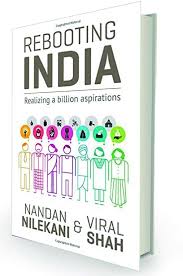








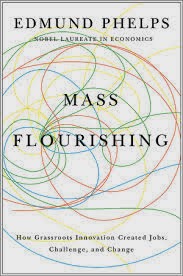









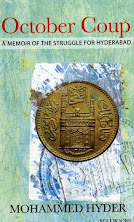

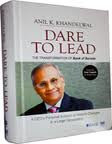
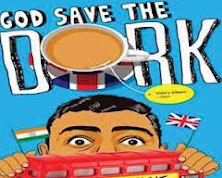








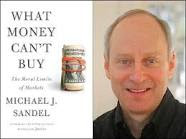


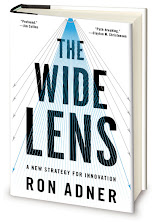

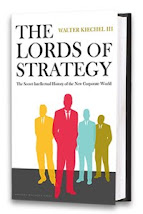











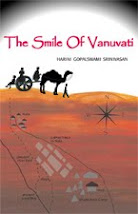


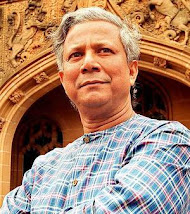
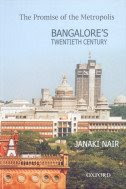







![Hyderabad: A Book [or two] and A Movie](http://3.bp.blogspot.com/_mxWA9ZVkKhQ/S0vnLAO90CI/AAAAAAAABYM/WgbSbAcAaEk/S214/luther1.0.jpg)

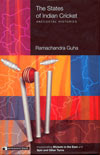





![Two Lives [and this is not about Vikram Seth]](http://1.bp.blogspot.com/_mxWA9ZVkKhQ/S0vjkyDYRvI/AAAAAAAABXM/mJGK-_gZiNg/S214/mansur.jpg)





No comments:
Post a Comment